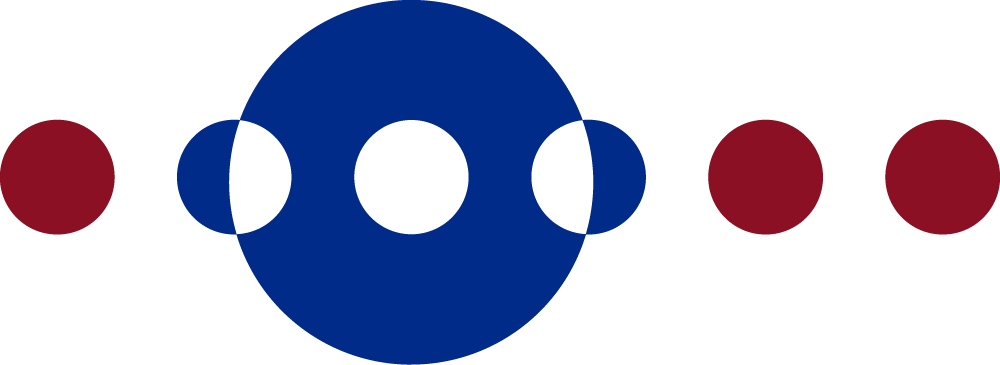expand_less
close
 Deutsch
Deutsch  Englisch
Englisch
Management Alexander Barkow
Steinbachstraße 3 | D-06502 Thale
Telephone: +49 (0) 3947-778 0 | Telefax: +49 (0) 3947 778 110
E-Mail: sales@thaletec.com
Copyright 2025 | © THALETEC
 Deutsch
Deutsch  Englisch
EnglischManagement Alexander Barkow
Steinbachstraße 3 | D-06502 Thale
Telephone: +49 (0) 3947-778 0 | Telefax: +49 (0) 3947 778 110
E-Mail: sales@thaletec.com
Copyright 2025 | © THALETEC

